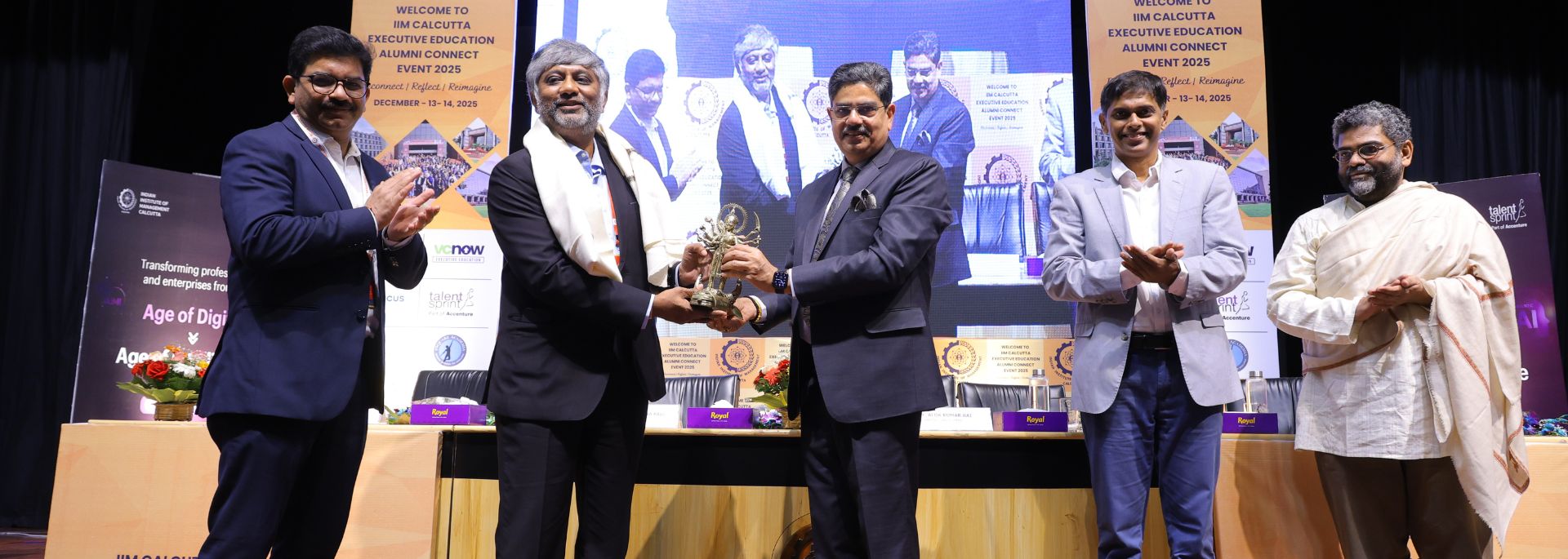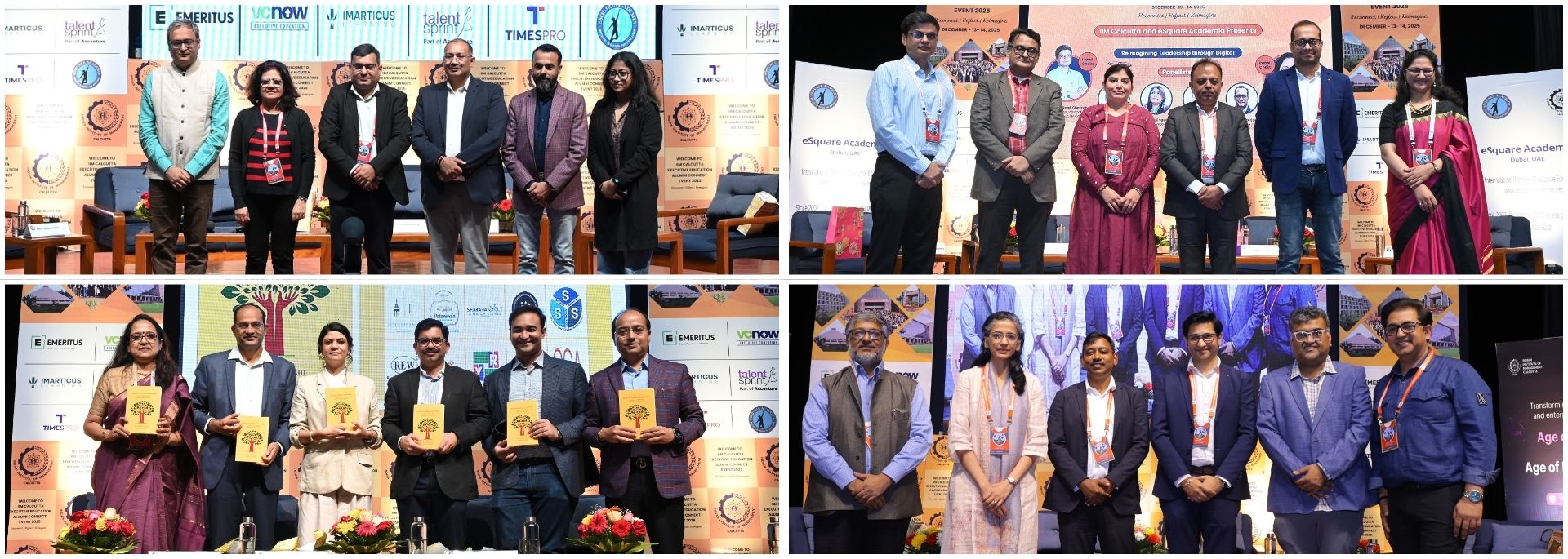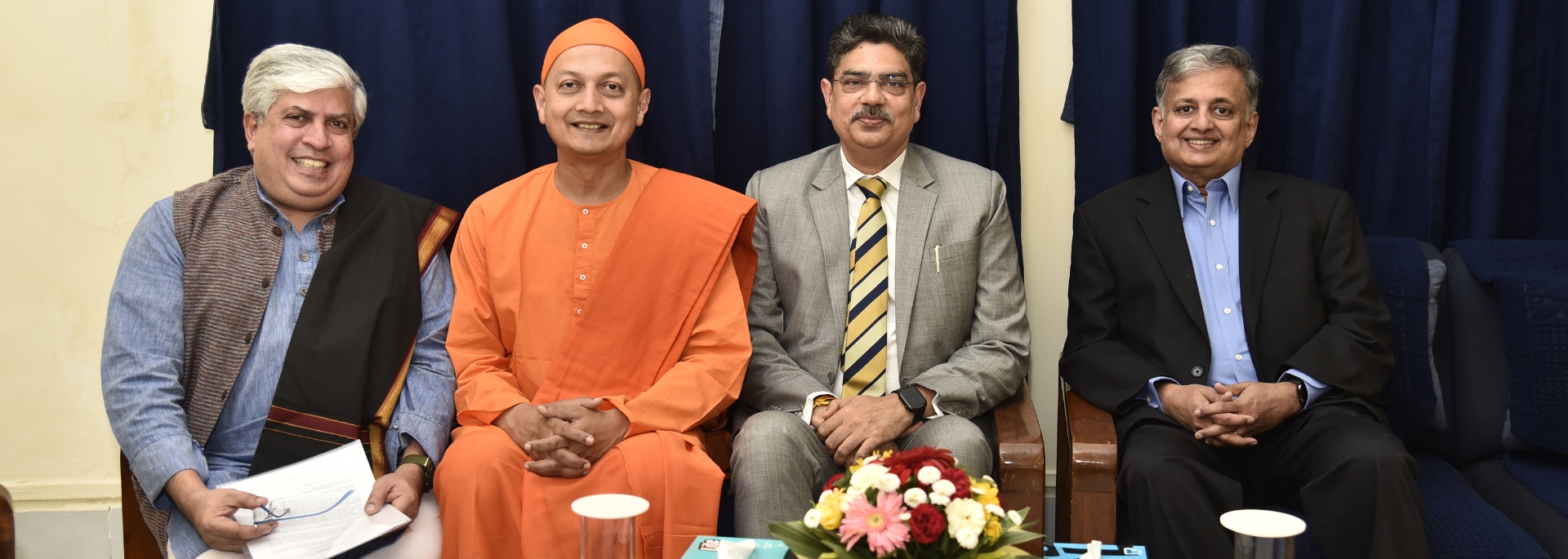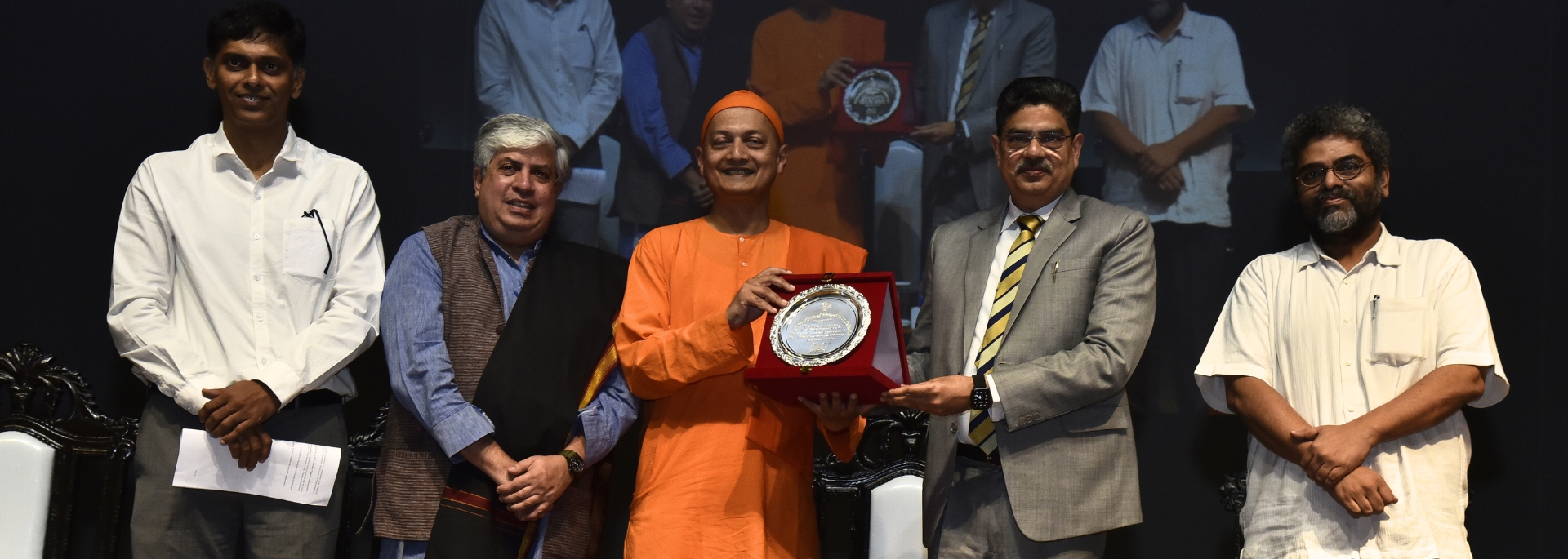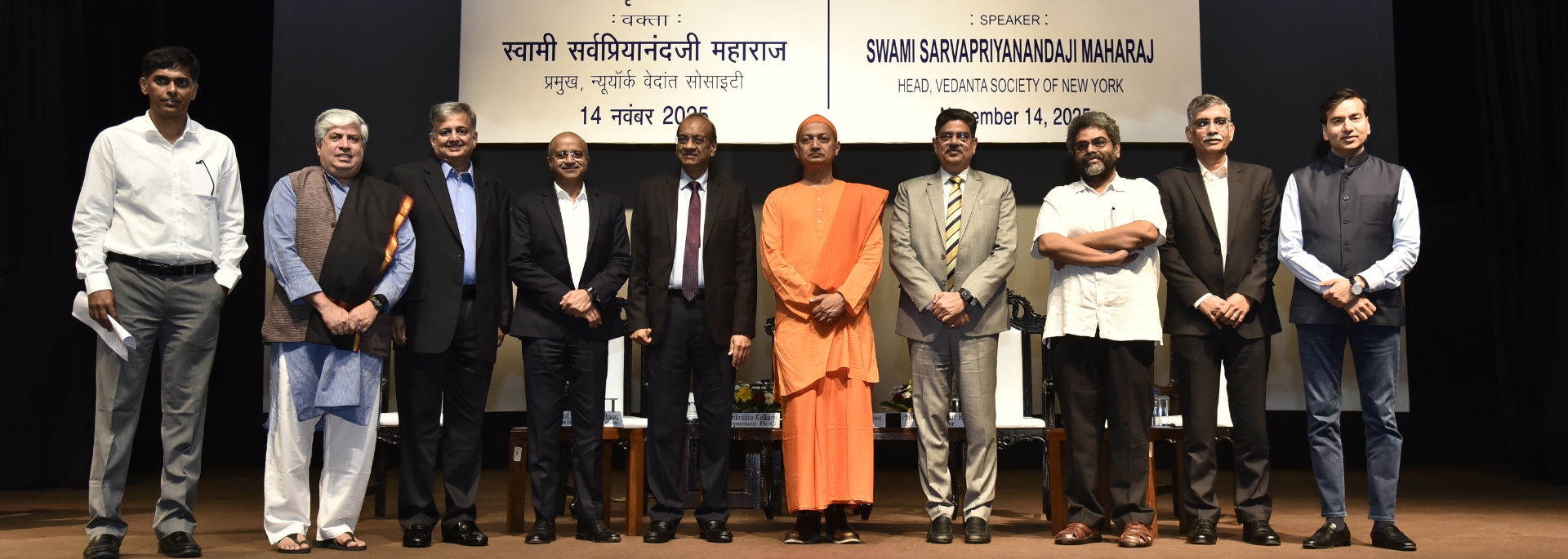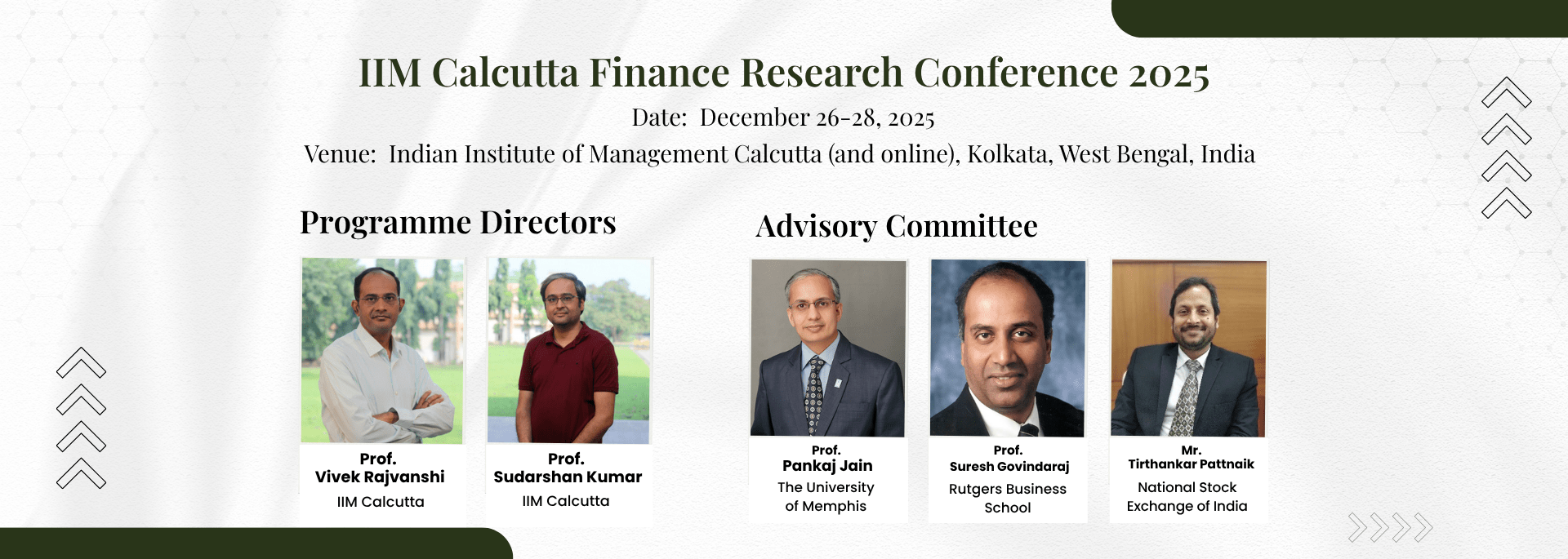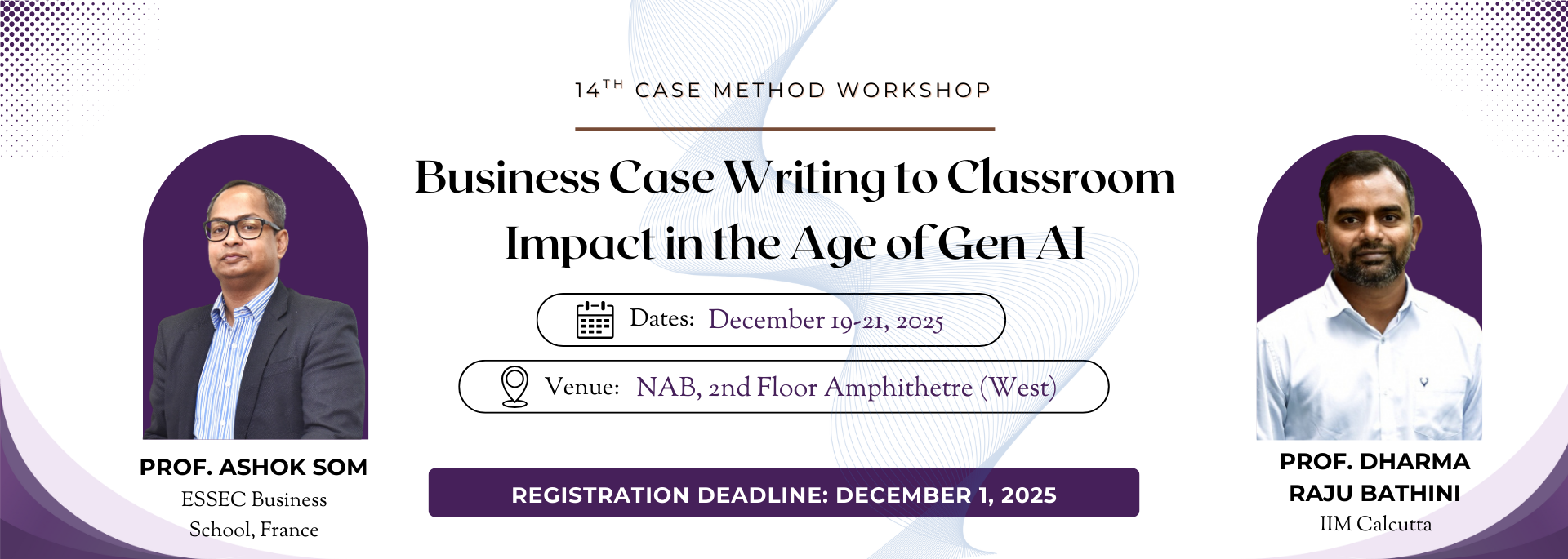
BusinessWorld
I have been associated with IIM Calcutta for about 32 years. First, as a student of the first batch of PGDM, and later as a faculty member. With the benefit of this long association, I would like to reflect on my experiences as a student here in the “innocent” years of the 60s.
I vividly recall that Monday morning of July 1964, when as a fainthearted 19-year-old, I crossed the precincts of the Emerald Bower campus of IIM Calcutta. I was very excited at the prospect of entering the first postgraduate programme in management offered anywhere in India under the initiative of the Government of India. The icing on the cake was the fact that Sloan School of MIT was the collaborator.
Since that first day, the next two years were a blur of hectic activities: late-night preparations; unending tests and quizzes; classes (no compulsory attendance); weekend partying, among others. Through all these, the sense of wonder and a feeling of being among a “chosen few” never left me. My view of IIMC of my student days is tinged with admiration for faculty, pride for the alma mater and an overall sense of a pioneering adventurer! What I cherish of that period is the institute’s culture. As a fledgling institution, its culture was evolving, guided by the founding director and his faculty.
Faculty invariably dealt with the students with utmost courtesy and offered sufficient adult space. This sense of freedom and being treated as an adult were two enduring gifts that IIMC offered me as a student. Thus, my first lesson in IIMC was to realise that a place of higher learning was first and foremost a place of free-spirited inquiry — a democratic forum for unfettered debates and discussions. I could begin to appreciate the meaning of the term “collegial culture”. I started looking at faculty members as mentors with whom I could discuss any issue, academic or otherwise. Through “faculty advisers”, the institute fostered a culture of free interactions between students and faculty. It helped immensely in raising one’s self-esteem and confidence.
Those days, most paths were uncharted. Faculty was testing certain curricula, pedagogy and teaching material to create an elusive animal called Indian “MBA”. In this pioneering journey, we, as students, felt both serendipity and an occasional feeling of being made “guinea pigs”. Blending Indian insights and practices with established “Western” approaches was a perpetual challenge both for faculty and students and not often successfully overcome.
An interesting aspect of our course was the amalgam of faculty representing three different strands. We had American professors, MIT-bred or otherwise, rubbing shoulders with non-resident Indian faculty from well-known North American and European universities, and some prominent industry professionals. This was an awesome team in terms of scholastic expertise and industry experience. But it also left the students somewhat confused and disoriented. Different styles, accents, pedagogy and world views posed a major intellectual challenge in comprehension and assimilation. In hindsight, we had brilliant minds offering us peeks into a world of ideas that were, in a standalone sense, extremely appealing but did not gel into a comprehensive learning paradigm. The academic freedom made the PGP programme a disparate set of brilliant inputs without a cohesive overall learning ideology. Paradoxically, this was believed to be IIMC’s “strength”. It apparently helped “adult” students create their own internal “learning” templates, which were then fleshed out by faculty inputs, selected and sifted by the student learner. Barring an underlying emphasis on use of quantitative tools for managerial decision-making (the hallmark of the “MIT Brand”), we, as students, were mostly left to our own intellectual devices to make sense of the diverse inputs. This approach fitted with the assumed “adulthood” of the student, who would manage her own learning and look upon faculty as a facilitator or mentor.
So, to sum up, I learnt and appreciated the value of “open discourse” and a spirit of inquiry. In addition to taking home a bag of “management tools”, I also took away a perspective on how one should look at problems, develop an analytical orientation, take responsibility for one’s own learning and believe that good “theory” must drive practice. An excellent academic institution inculcates a lifelong love for “learning” and for this I am indebted to IIM Calcutta.


